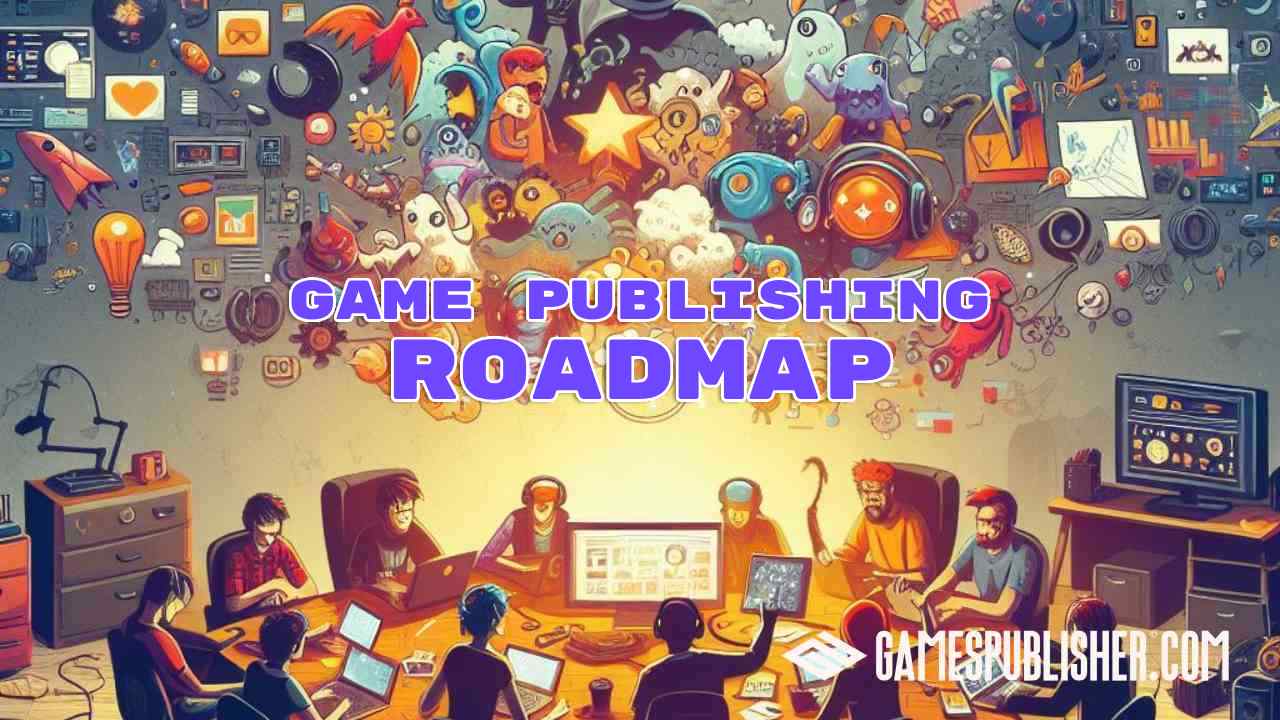Nowadays, more and more games are being released, offering gamers a wider range of choices. Within that process, publishing plays a vital role in ensuring these games reach players.
If you have a game idea, there are two common ways to bring it to the market: self-publishing or teaming up with a larger company known as a publisher.
Additionally, thanks to the rise of digital platforms, publishing games are getting easier and easier.
In this article, let us walk you through the game publishing roadmap and what you need to be aware of in advance.
Understanding the Game Publishing Landscape
Before releasing your game to the market, it’s important to understand the game publishing scene, the different ways games can be released, and what factors come into play.
As mentioned above, there are two ways to publish a game: either cooperate with game publishers or do it yourself.
Each way provides different pros and cons and includes different steps.
Now, let’s dive deep into it!
Major Publishers VS Independent Publishers
Major publishers often refer to big and long-standing companies such as Nintendo and EA, which have a large budget and credibility in the video game industry.
On the other hand, independent publishers are typically smaller companies that aren’t as big as biggest video game publishers. Although they are capable of publishing games, they’re usually made by smaller teams and developers.
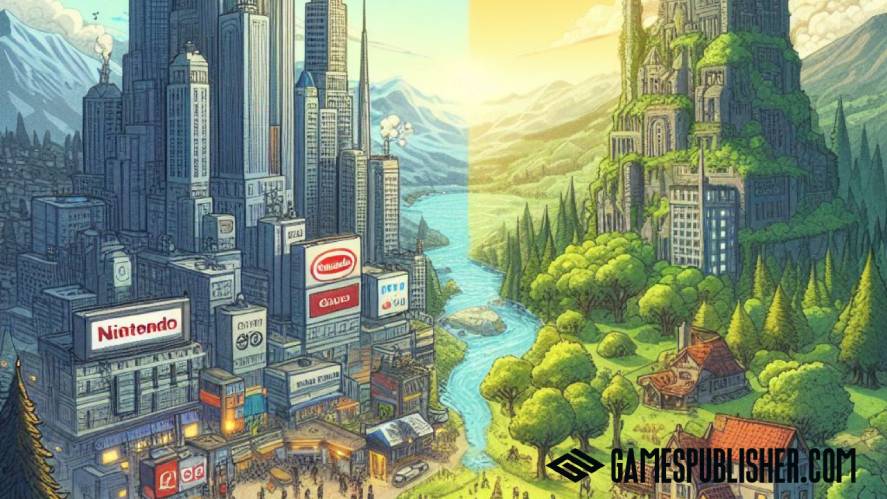
That said, there are still benefits and drawbacks when relying on either of these types of publishers.
Check out the table below for more details:
| Major Publishers | Independent Publishers | |
|---|---|---|
| Resources | Have bigger budgets for video game development, marketing, and distribution. | Rely more on community engagement, leveraging social media and word-of-mouth to promote games. |
| Market Reach | Have strong relationships and networks with retailers and digital platforms. | Have a narrower network and relationships. |
| Support and Creative Freedom | Major publishers tend to restrict developers’ creativity. You might need to compromise with them in order to align with the roadmap they have established. | Offer greater flexibility and provide comprehensive support for your indie games. |
Read More: What Are AAA Games?
Self-Publishing
Apart from relying on either major or independent publishers, you can even publish the game yourself.
Thanks to platforms like Steam and Itch.io, indie game developers can showcase their ideas and creativity.
However, while releasing the game without the help of a publisher is cost-saving and allows you to have complete control over your progress, it might slow down your journey due to the excessive amount of related work such as marketing, advertising, and customer support.
Another biggest worry when publishing your own game is dealing with the tricky parts of marketing and reaching gamers. As you’re not backed by big companies, your brand recognition is unknown, making it tough to get players to trust your games.
On top of that, it’s challenging to make your game stand out among the crowd, especially when there are so many other games fighting for attention.
Read More: What Are Indie Games?
Preparing for Publication
One of the most crucial steps of releasing your game is to make up steps for publication, which can affect your result significantly.
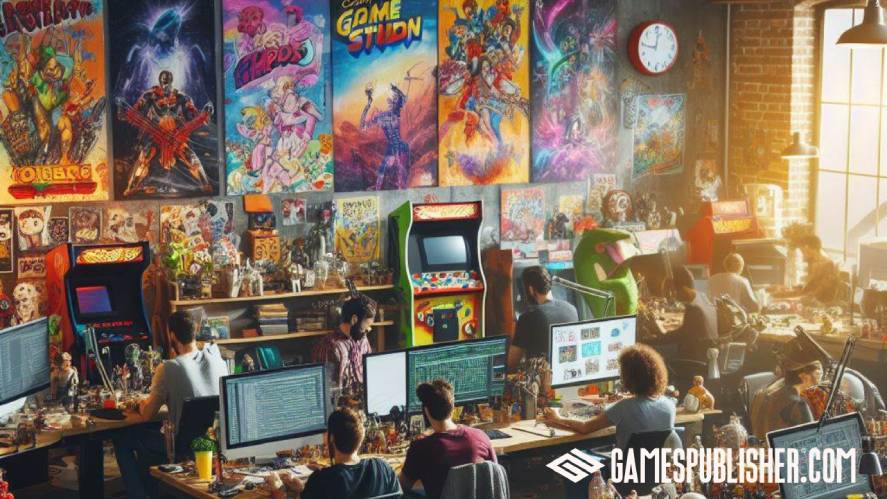
This process includes:
1. Game Design Document
A game design document (GDC) indicates how the game mechanics and visual style.
Since the game design document outlines your vision, it can be used to pitch to publishers or investors.
2. Choosing the Right Platform
Platform is where your product displays and attracts gamers’s attention. Therefore, selecting the most optimized platform plays a vital role in your final success.
There are several factors to consider when picking up your platform, including audience demographics, specific requirements, and revenue sharing.
Some common platforms that can be named such as Steam, Epic Games, PlayStation Store, and Apple Store.
3. Prototyping and Development
You can’t make a game perfect in one time. In other words, a successful product needs fixing and adjusting before its official release.
After crafting the GDC to lay a foundation, prototyping follows, with the purpose of testing the mechanics and gathering feedback.
The developing stage of a game is complex and specifically depends on the game’s type and other factors, including making visual art and sounds, building the gameplay, etc.
Throughout this process, aligning with publisher milestones or self-publishing timelines is crucial. These timelines serve as checkpoints, ensuring that progress stays on track and the game is completed within a set timeframe.
Read More: What Does a Video Game Publisher Do?
Marketing and Community Building
Once you’ve finished your game, it’s time to promote it to the community.
In that case, the marketing and community-building process is what you need to do next. It involves advertising on social media platforms, partnering with influencers, and securing press coverage.
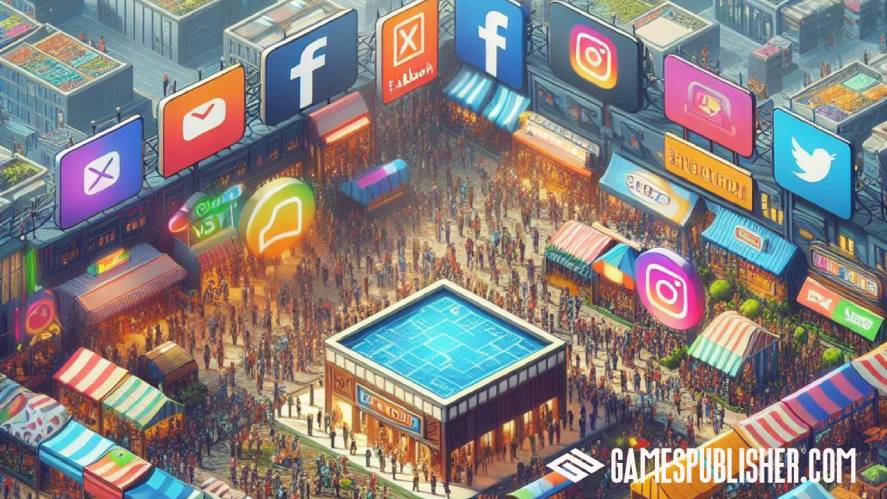
Use a combination of strategies to create buzz, including:
- Social Media: Engage with your audience on platforms like X, Facebook, Instagram, and TikTok. Share behind-the-scenes footage, concept art, and updates to engage them and capture their attention.
- Influencer Partnerships: Collaborate with popular influencers and content creators in the gaming community to showcase your game to their audiences.
- Press Coverage: Contact gaming journalists, bloggers, and media outlets to secure coverage of your game. Provide press releases, exclusive interviews, and review copies to generate press interest and excitement about the game.
Next, building a strong community around your game is important for long-term success.
You can drive engagement and engagement with your audience through forums.
Create dedicated forums or sections where players can discuss your game, share tips, and connect with other players. Actively participate in these communities to build good relationships with them and gain valuable feedback.
Moreover, you should respond to comments, messages, and mentions on social media to gain appreciation from fans. Encourage user-generated content and fan art to attract even more potential players.
Finally, you should offer early access to players to gather feedback, continuously improve your game, and build a dedicated player base before officially launch.
This not only increases player engagement but also promotes a sense of ownership and loyalty among early adopters.
Launch and Post-Launch
Once you’ve laid the foundations for effective marketing and community building, it’s time to focus on the crucial stages that are critical to getting your project launched and live.
Set release date
Choosing the right release date is essential to maximize the likelihood of project success. Several factors should be taken into consideration, including market timing.
Analyzing the release schedules of competing games and keeping updated with industry trends can help identify the optimal time to launch your game for maximum visibility and acceptance from users.
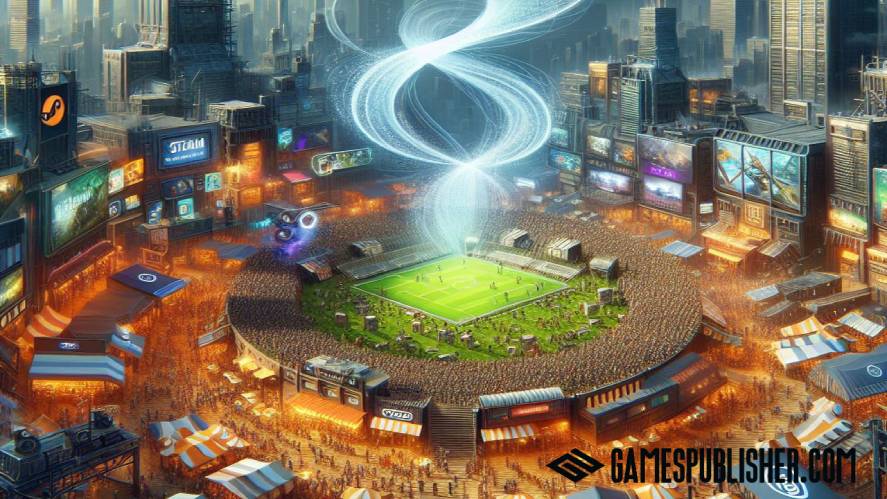
It’s also essential to align your release date with your development milestones. Ensuring that the game is fully developed and polished before launch is paramount to avoid rushing or compromising on quality.
Moreover, building anticipation leading up to the launch is key.
Utilizing teaser trailers, gameplay previews, and countdown events can effectively engage your audience and heighten excitement as the release date approaches.
Post-launch support
The work doesn’t stop once the game is released; in fact, it marks just the beginning of a continuous journey.
Staying motivated and ensuring long-term success requires ongoing support and engagement with your community of players.
Regular updates are vital; continuously infuse your game with fresh content, features, and optimizations to maintain player engagement and interest.
Keep a keen eye on player feedback, promptly addressing any issues or errors to give the best quality gaming experience for your gamers.
Moreover, active community engagement is crucial.
Maintain a presence across online forums, social media platforms, and in-game channels to interact with your player base, foster a sense of community, and gather valuable feedback and suggestions for future enhancements.
Read More: List of The Best Indie Games on Steam (2024)
Financial Considerations
Securing adequate funding is often a crucial step in bringing your game to market. Exploring different funding options is essential, and these can include:
- Publisher Sponsorships
- Crowdfunding
- Self-funding
Partnering with video game publishers can provide valuable financial support, typically in exchange for a share of revenue or other contractual arrangements.
However, it’s important to carefully choose a publisher whose vision aligns with yours and offers terms that are advantageous for your game development roadmap.
Crowdfunding platforms like Kickstarter and Indiegogo allow you to raise funds directly from your game community and other backers. This not only provides financial support but also receives interest and builds a dedicated fan base.
Additionally, if you have the resources available, self-funding the game yourself gives you full control over development and revenue distribution.
However, it is important to be aware of the risks and financial challenges associated with this approach.
Legal Considerations
Understanding and addressing legal stuff is important to protecting your game’s intellectual property and avoiding the risk of legal disputes. It is important to seek advice from legal experts on various aspects.
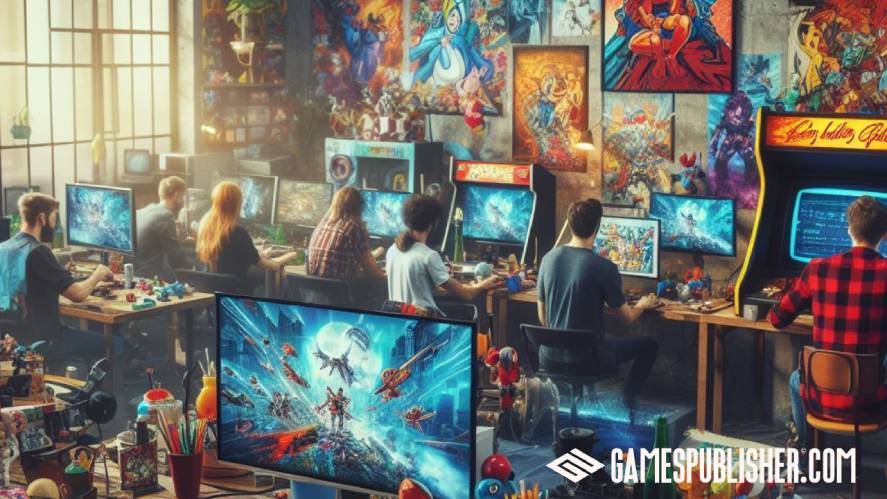
To be more specific, regarding copyright, ensure that all game assets like brand names, artwork, music are legally protected and so that nobody can use them without permission.
In addition, drafting and negotiating contracts with collaborators, contractors, and partners are important steps.
These contracts should clarify rights, responsibilities, and compensation arrangements, including licensing, revenue sharing, and distribution rights, to minimize potential future misunderstandings or disputes.
Read More: How to Developer an Indie Game
Conclusion
The game publishing roadmap journey requires careful consideration of many different factors.
From creating a compelling game design document to navigating legal and financial considerations, each step plays a vital role in the success of your game.
By dedicating yourself to creativity, perseverance, and strategic planning, you can overcome the challenges of game publishing and turn your vision into reality for players around the world to enjoy.
Loading survey...

